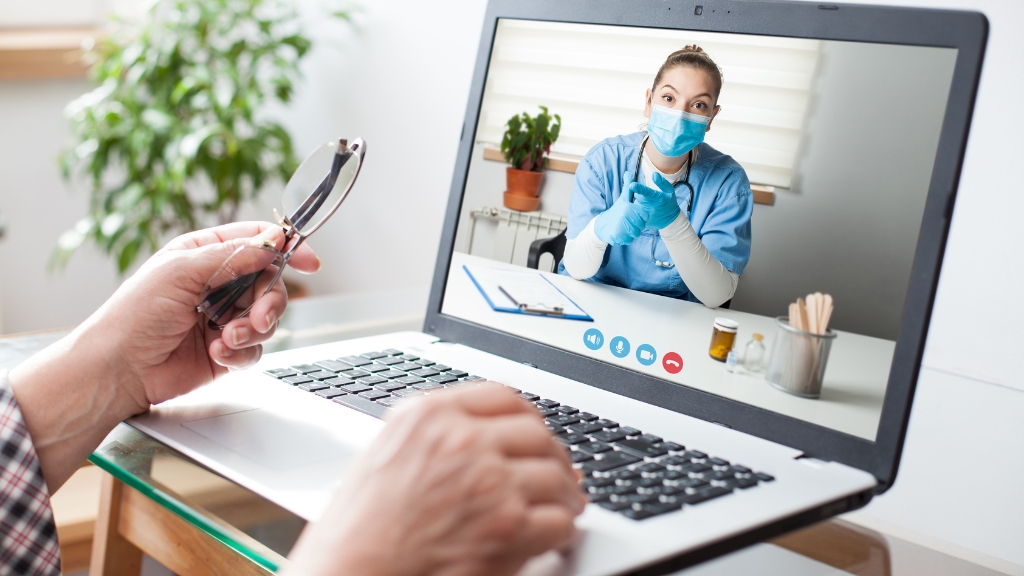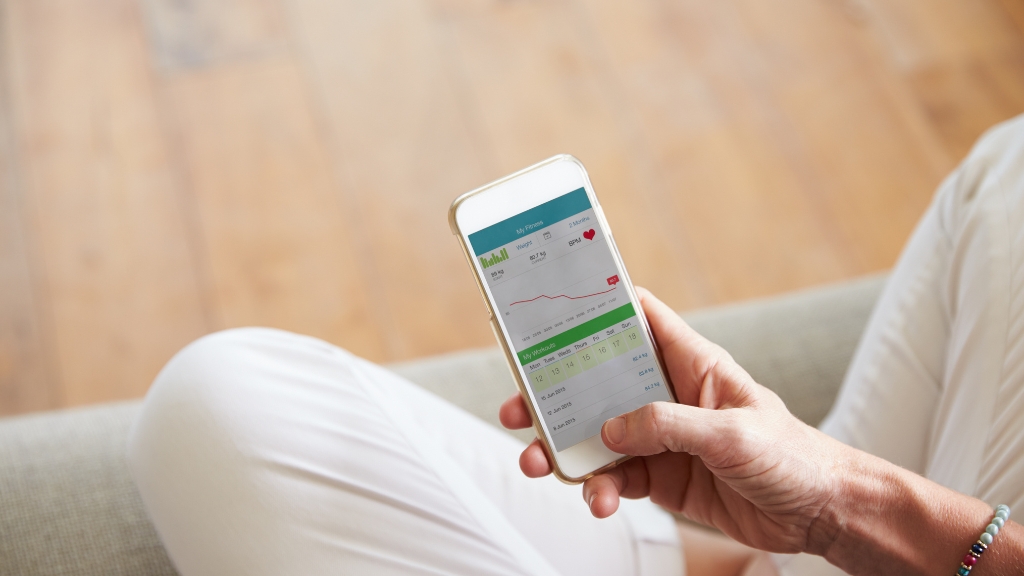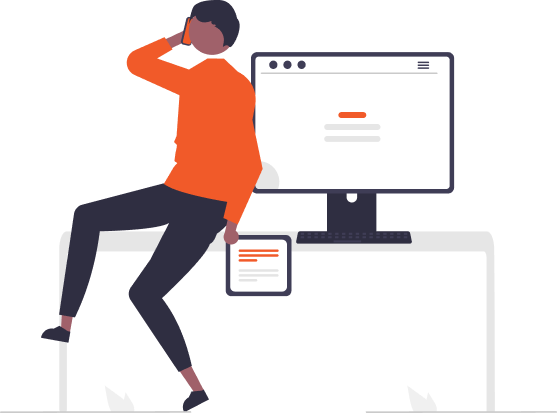
Healthcare Apps and Telemedicine: Bridging the Gap to Better Care
As digital technology becomes more sophisticated, healthcare apps and telemedicine services are breaking down traditional barriers to healthcare access. These tools bring medical support to people’s fingertips, allowing patients to manage their health without needing in-person visits. From remote diagnosis and treatment to chronic care management and mental health support, healthcare apps and telemedicine offer unprecedented convenience, empowering patients to take control of their health in new and effective ways.
- Making Healthcare More Accessible
For many, visiting a doctor can be challenging due to geographical, financial, or physical limitations. Telemedicine and healthcare apps bridge these gaps by providing medical support from home, often at a lower cost.
- Example: Apps like Amwell and MDLive provide virtual consultations, especially for those in remote or underserved areas.
- Benefit: Patients can access healthcare without the logistical or financial challenges of in-person visits, making healthcare more equitable.
- Managing Chronic Conditions with Ease
Patients with chronic illnesses often require frequent monitoring and regular check-ups. Healthcare apps for chronic care make this process easier by providing a structured way to monitor symptoms, track medications, and communicate with healthcare providers.
- Example: Apps like MySugr and Omada help individuals manage diabetes and other chronic conditions, providing tools for tracking blood sugar, diet, and activity.
- Benefit: Patients have ongoing support and can make real-time adjustments to their care, leading to better chronic condition management.
- Real-Time Remote Monitoring
With wearable technology and healthcare apps, doctors can monitor patients’ health metrics in real-time. For instance, wearable devices can track heart rate, blood pressure, and oxygen levels, allowing physicians to spot potential issues before they escalate.
- For example, Apple Health and Fitbit sync with apps that share data with healthcare providers, offering insights into users’ health trends.
- Benefit: Early detection of potential issues leads to faster intervention and better health outcomes.
- Expanding Mental Health Support
Mental health services are now more accessible than ever, with apps providing therapy and mental health support to users wherever they are. Telemedicine in mental health, known as teletherapy, has made counseling and therapy more approachable and flexible.
- Example: Apps like BetterHelp and Talkspace connect users with licensed therapists, offering support through chat, video, and voice calls.
- Benefit: Individuals struggling with mental health challenges can access support easily, reducing barriers like stigma, cost, and location.
- Reducing Emergency Room Visits
Telemedicine often manages non-urgent health issues, reducing the strain on emergency rooms. By consulting with a doctor through an app, patients can receive guidance on whether their issue needs emergency attention or can be managed remotely.
- Example: Telemedicine services provide immediate assessments, often helping patients determine when to seek in-person care.
- Benefit: This reduces overcrowding in emergency rooms and helps patients avoid unnecessary medical expenses.
- Empowering Preventive Healthcare
Many healthcare apps focus on preventive care by promoting healthy habits, tracking wellness metrics, and providing personalized health insights. This encourages users to be proactive about their health, reducing the risk of severe health issues.
- Example: Apps like Noom and MyFitnessPal encourage users to lead healthier lifestyles, from diet and exercise tracking to stress management tools.
- Benefit: Preventive healthcare can help users avoid serious illnesses, lower healthcare costs, and improve quality of life.
- Increasing Patient Engagement and Education
Healthcare apps provide a platform for users to learn more about their health. Many apps include educational resources that help users understand their conditions and treatments, empowering them to make informed decisions.
- Example: WebMD and HealthTap offer articles, symptom checkers, and Q&A with medical experts to educate users.
- Benefit: Patients become active participants in their care, leading to better health outcomes and higher satisfaction.
- Enabling Personalized Care Plans
Telemedicine and healthcare apps offer customized care plans that suit individual patient needs. AI algorithms analyze patient data to recommend personalized treatment, diet, exercise, and wellness plans.
- Example: Apps that incorporate AI, like Ada and Your.MD provides tailored healthcare advice based on personal health data.
- Benefit: Personalized care plans lead to more effective health management and better alignment with the patient’s unique lifestyle and needs.
- Enhancing Medication Adherence
Medication tracking apps improve adherence by reminding users to take their medications at the right time. These apps can also provide information on side effects, dosage, and interactions, helping users stay on top of their treatment.
- Example: Medisafe and CareZone offer medication reminders and tracking features.
- Benefit: Improved medication adherence enhances treatment efficacy and reduces the likelihood of complications.
- Simplifying Healthcare Data Access
Healthcare apps provide secure access to medical records, test results, and prescriptions. This simplifies the process of tracking health data and sharing it with multiple providers as needed.
- Example: MyChart lets users view lab results, check appointments, and access their health history.
- Benefit: Easy access to medical records improves provider communication and enhances continuity of care.
Conclusion
Healthcare apps and telemedicine are revolutionizing healthcare by making it more accessible, personalized, and preventive. These tools empower patients to take an active role in their health, providing convenience, improving care coordination, and helping individuals manage their health on their terms. As technology advances, these tools’ impact on healthcare will only grow, promising a future where quality healthcare is accessible to everyone, regardless of location or circumstances.
FAQs
- Is telemedicine as effective as in-person visits?
- Telemedicine is as effective as in-person care for many conditions, though some situations still require physical examinations or lab tests.
- Are healthcare apps secure?
- Most healthcare apps follow strict security protocols to protect patient information, but users should always review app privacy policies to ensure data safety.
- Can healthcare apps replace my primary care provider?
- While healthcare apps and telemedicine offer convenient support, they are best used as supplements to traditional primary care.
- Are there healthcare apps for mental health?
- Many apps provide mental health support, from guided meditation to virtual therapy sessions.
- Do I need special devices for healthcare apps?
- Some healthcare apps work on smartphones alone, but others may require wearable devices for specific features.
Leave a Reply
- AI in Diagnostics: Revolutionizing Early Detection and Accuracy
- How AI and Advanced Analytics Are Transforming Healthcare Outcomes
- Investing with Confidence: The Role of ROI Calculators
- How ROI Calculators Drive Data-Driven Business Strategies
- The Ultimate Guide to ROI Calculators for Business Success
- Making Sense of ROI Calculators: A Comprehensive Guide
- June 2025 (1)
- May 2025 (1)
- October 2024 (2)
- September 2024 (31)
- August 2024 (31)
- July 2024 (27)
- June 2024 (28)
- May 2024 (30)
- April 2024 (33)
- March 2024 (23)
- February 2024 (29)
- January 2024 (3)
- December 2023 (47)
- November 2023 (36)
- October 2023 (23)
- September 2023 (2)
- June 2023 (2)
- May 2023 (13)
- April 2023 (1)




